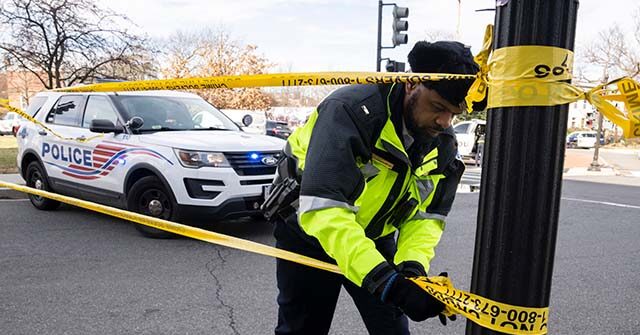On a Saturday afternoon near Tennessee State University, a violent shooting erupted, leaving ten people injured, one of whom tragically succumbed to their wounds. The incident occurred around 5:30 p.m. on a street that had recently been closed for the school’s homecoming parade. Reports suggest that the violence involved two distinct groups that exchanged gunfire, leading to chaos in what was meant to be a celebratory community event. The Metropolitan Nashville Police Department confirmed that among the injured were members of the conflicting groups, but several bystanders were also caught in the crossfire, heightening concerns about public safety during social gatherings.
Witness testimonies painted a grim picture of the events that unfolded. Firefighters, who had been on-site engaged in community outreach associated with the parade, initially mistook the sound of gunfire for celebratory fireworks. However, as the situation escalated and the reality of the gunfire set in, they quickly realized the dire nature of the disturbance. This misinterpretation underscores the shock and unpredictability of gun violence, particularly in a setting that was intended for community bonding and celebration. The chaotic scene reminded many of the vulnerabilities present in public spaces, where innocent individuals can be endangered by the actions of a few.
Community leaders and law enforcement officials were left grappling with the aftermath of the shooting, as they sought to address public concerns over safety and the impact of such violence on the local community. The narrative surrounding the incident sparked a broader discussion about gun violence and its implications for public events. The shockwaves of fear and uncertainty ripple through communities in the wake of such tragic incidents, prompting calls for action to prevent similar occurrences in the future. As details emerged, the incident was noted as a grim reminder of the persistent issues surrounding gun violence in the United States, particularly in and around urban areas.
In the wake of the shooting, community engagement initiatives took on heightened significance as local leaders aimed to foster dialogue around violence prevention and safety measures. The incident not only marred a festive occasion but also served to highlight the community’s need for resources that address conflict resolution and youth engagement. Organizations focused on promoting peace and safety in neighborhoods often find themselves at a crossroads in times like these, where the need for proactive measures becomes increasingly evident. Greater emphasis on community programs that educate and empower residents may help mitigate the circumstances that lead to such violent encounters.
The situation has also rekindled the debate around gun control and the rights enshrined in the Second Amendment, reflecting differing opinions on how best to address gun violence in society. Advocacy groups and political analysts have voiced concerns regarding the accessibility of firearms and the need for legislative reform to improve safety. As public discourse intensifies around these issues, the call for stricter gun laws often collides with the emphasis on individual rights to bear arms. This clash of perspectives illustrates the complexities involved in formulating effective policies that can cater to the diverse views held by the community on gun ownership and regulation.
Ultimately, the tragic shooting near Tennessee State University serves as a sobering reminder of the pervasive nature of gun violence and its profound impact on communities. While the immediate aftermath has led to an increase in discussions regarding safety and violence prevention, it also highlights the need for sustained engagement to foster a culture of non-violence and inclusivity. In addressing such challenges, community leaders, law enforcement, and citizens must work collaboratively to devise strategies that prioritize public safety while respecting individual rights. Moving forward, the focus should remain on creating safe environments where community members can come together to celebrate and connect without fear of violence.

